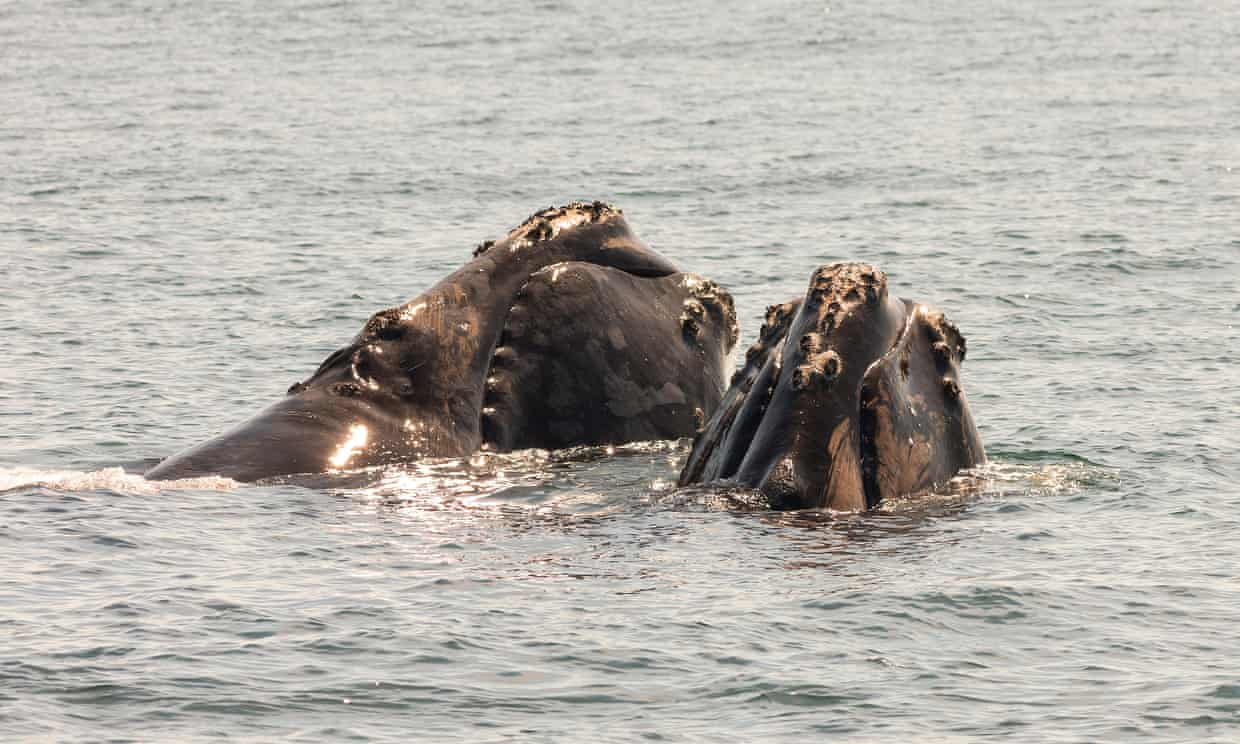Ancient whale bones have been found on three Roman fish processing sites close to the Strait of Gibraltar
Ancient bones found around the Strait of Gibraltar suggest that the Romans might have had a thriving whaling industry, researchers have claimed.
The bones, dating to the first few centuries AD or earlier, belong to grey whales and North Atlantic right whales – coastal migratory species that are no longer found in European waters.
Researchers say this not only suggests these whales might have been common around the entrance to the Mediterranean in Roman times, but that Romans might have hunted them.
They add that Romans would not have had the technology to hunt whale species found in the region today - sperm or fin whales which live further out at sea - meaning evidence of whaling might not have been something archaeologists and historians were looking out for.
“It’s the coastal [species] that makes all the difference,” said Dr Ana Rodrigues, first author of the research from the Functional and Evolutionary Ecology Centre, CEFE, in France.
The right whale was once widespread in the North Atlantic, with breeding grounds off the northern coast of Spain and north west Africa, but was hunted by Medieval Basque whalers among others, and are now only found in the Western North Atlantic. Grey whales disappeared from the North Atlantic some time in the 18th century, and are now only found in the Pacific.
Until the recent discoveries it was unclear whether the whales’ habitat had ever included the Mediterranean: the region is southerly enough for the animals to potentially calve there after feeding in more northerly areas. While there are a handful of historical reports of right whales cropping up in the Mediterranean, the only reliable grey whale sighting in the region was in 2010 and is thought to have been a misguided individual that turned up from the Pacific.

https://www.theguardian.com/science/2018/jul/11/romans-had-whale-industry-archeological-excavation-suggests
Ancient bones found around the Strait of Gibraltar suggest that the Romans might have had a thriving whaling industry, researchers have claimed.
The bones, dating to the first few centuries AD or earlier, belong to grey whales and North Atlantic right whales – coastal migratory species that are no longer found in European waters.
Researchers say this not only suggests these whales might have been common around the entrance to the Mediterranean in Roman times, but that Romans might have hunted them.
They add that Romans would not have had the technology to hunt whale species found in the region today - sperm or fin whales which live further out at sea - meaning evidence of whaling might not have been something archaeologists and historians were looking out for.
“It’s the coastal [species] that makes all the difference,” said Dr Ana Rodrigues, first author of the research from the Functional and Evolutionary Ecology Centre, CEFE, in France.
The right whale was once widespread in the North Atlantic, with breeding grounds off the northern coast of Spain and north west Africa, but was hunted by Medieval Basque whalers among others, and are now only found in the Western North Atlantic. Grey whales disappeared from the North Atlantic some time in the 18th century, and are now only found in the Pacific.
Until the recent discoveries it was unclear whether the whales’ habitat had ever included the Mediterranean: the region is southerly enough for the animals to potentially calve there after feeding in more northerly areas. While there are a handful of historical reports of right whales cropping up in the Mediterranean, the only reliable grey whale sighting in the region was in 2010 and is thought to have been a misguided individual that turned up from the Pacific.

https://www.theguardian.com/science/2018/jul/11/romans-had-whale-industry-archeological-excavation-suggests

